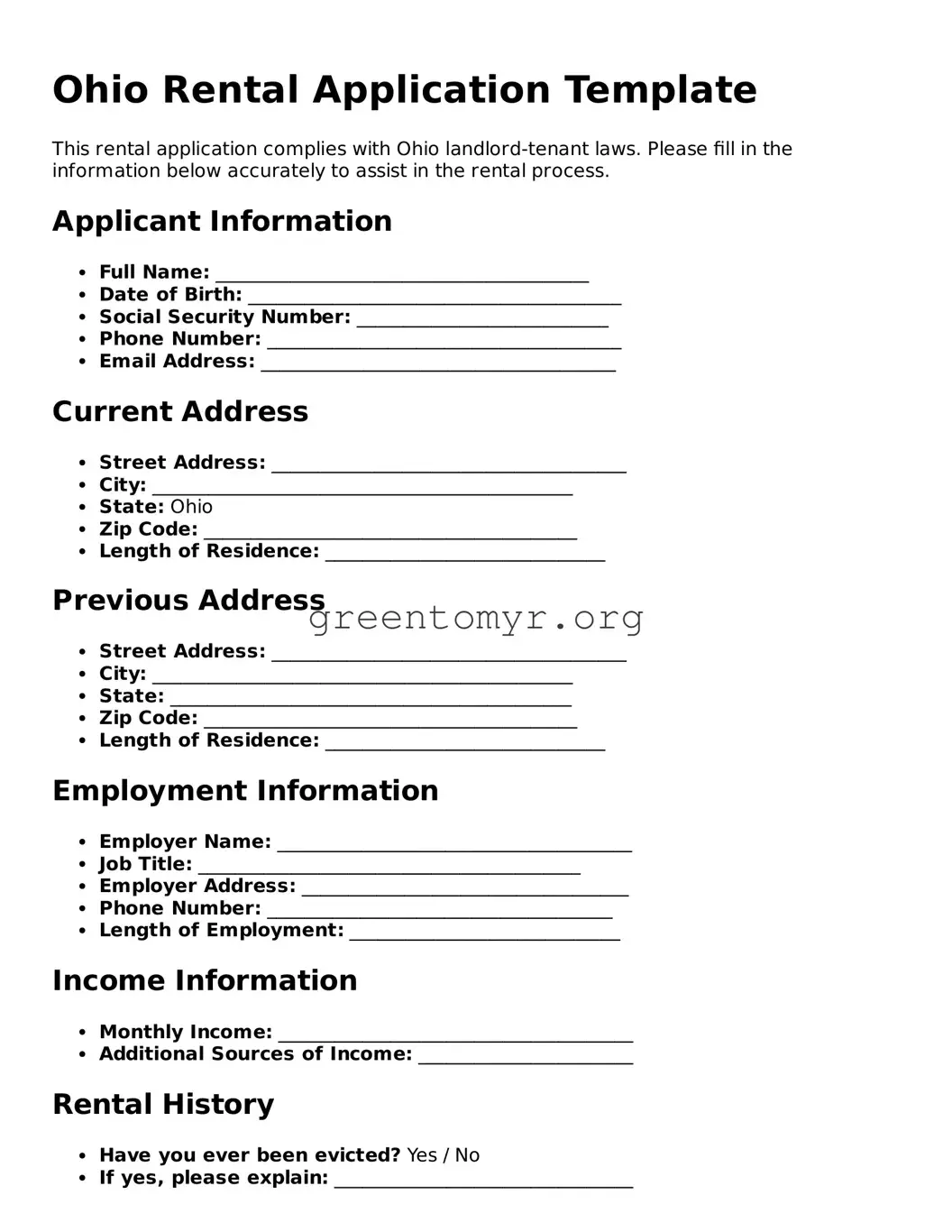Completing a rental application can be a straightforward process, but there are common mistakes that applicants often make. Being aware of these pitfalls can enhance your chances of securing a rental property. Here are some frequent errors to avoid.
One common mistake is providing incomplete contact information. Make sure to include your current phone number and email address. Landlords will need a reliable way to reach you, and missing this information can delay your application or even lead to its rejection.
Another frequent error is failing to accurately report your income. It is crucial to provide precise figures regarding your earnings. Rental companies typically verify income to ensure that tenants can meet monthly rent obligations. Overstating your income can lead to complications later, as discrepancies may be uncovered during background checks.
Many applicants also neglect to disclose their rental history fully. It is important to list all previous addresses, along with the names of landlords, dates of tenancy, and reasons for leaving. Omitting any rental history can raise red flags for potential landlords and may lead to a lack of trust.
Additionally, some people do not consider their references carefully. Choose references who can speak positively about your character and reliability. Friends or family members may not carry as much weight as former landlords or employers. These references can significantly influence the decision-making process.
Failing to provide a copy of your identification is another frequent misstep. Landlords require identification to verify your identity. Without this documentation, your application may be disregarded or deemed incomplete.
Another common issue is not properly disclosing pet ownership. Different properties have specific policies regarding pets. Concealing this information can lead to problems down the line, including potential eviction if found out later. It is best to be upfront about your pets from the beginning.
Be cautious of providing inaccurate information about your employment status. If the landlord contacts your employer and discovers inconsistencies, this could jeopardize your application. Honesty is the best policy here, as most landlords will value transparency.
Some applicants also forget to double-check their application for errors. Typos or incorrect information can create misunderstandings. Taking the time to review your application can prevent small mistakes from becoming significant obstacles.
Lastly, failing to include a cover letter can be a missed opportunity. A brief, well-written letter can set you apart and provide insight into who you are as a tenant. Including personal touches in your application can appeal to landlords looking for responsible renters.
By avoiding these common mistakes, applicants can significantly improve their chances of finding the right rental property in Ohio. Attention to detail, transparency, and thoroughness are essential in this process.
